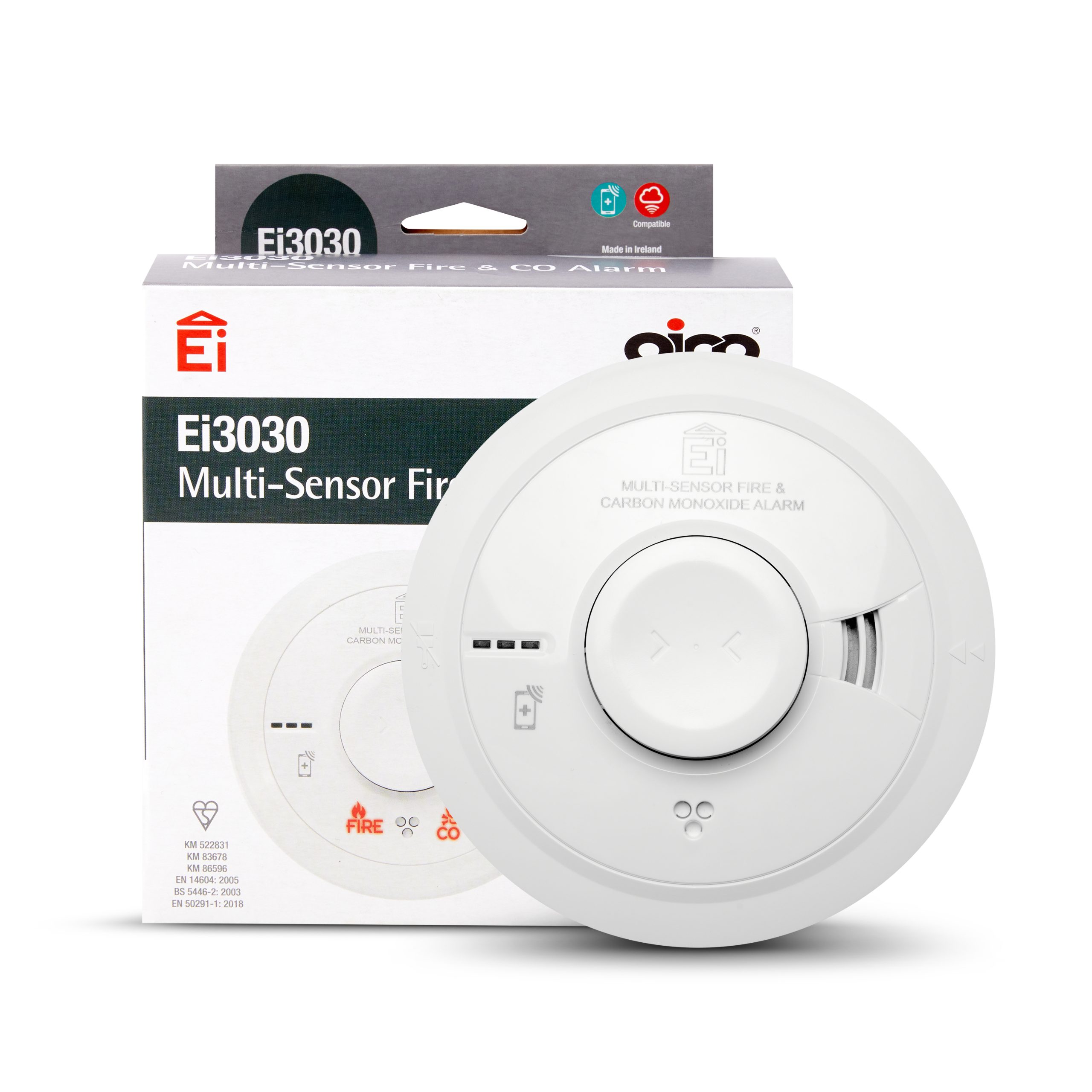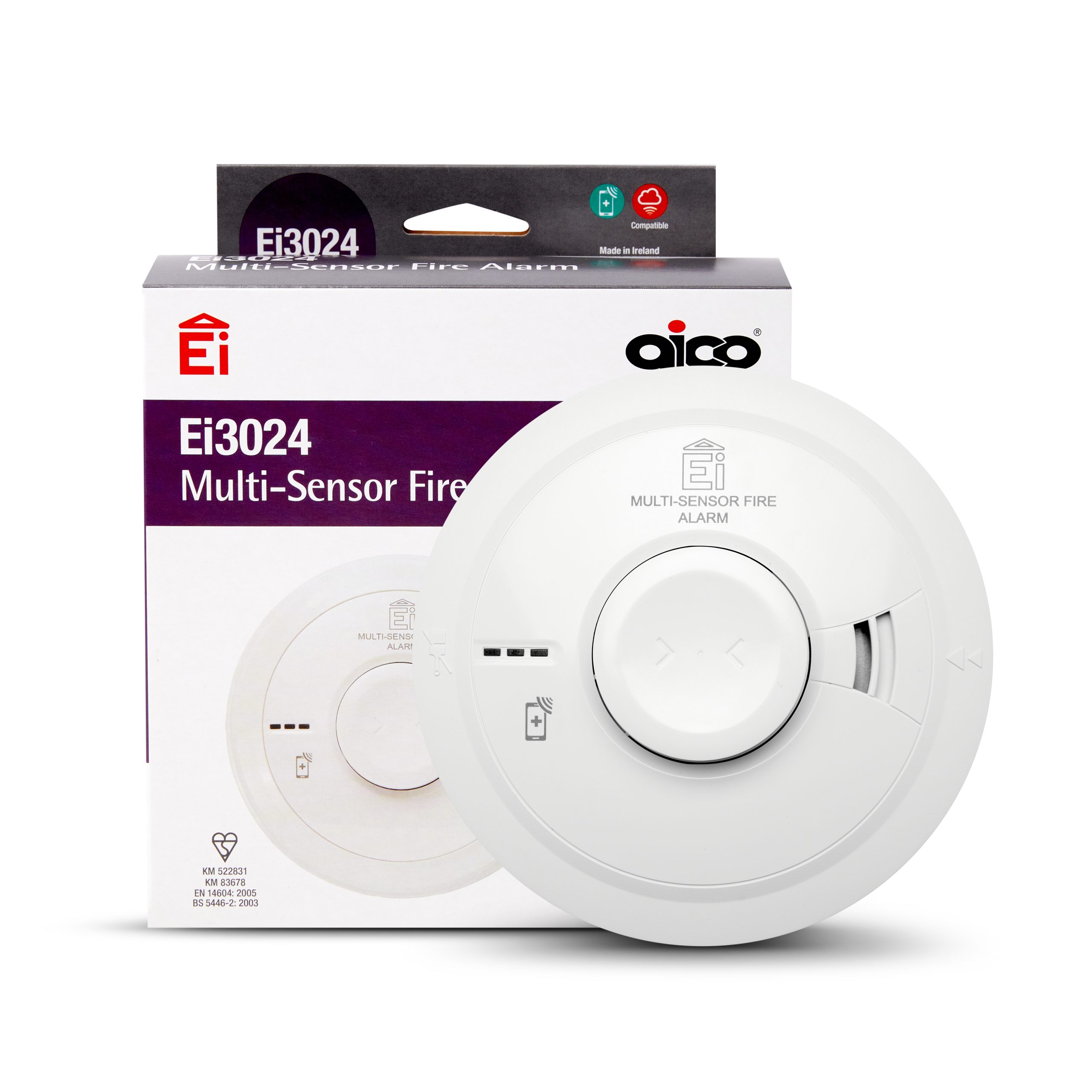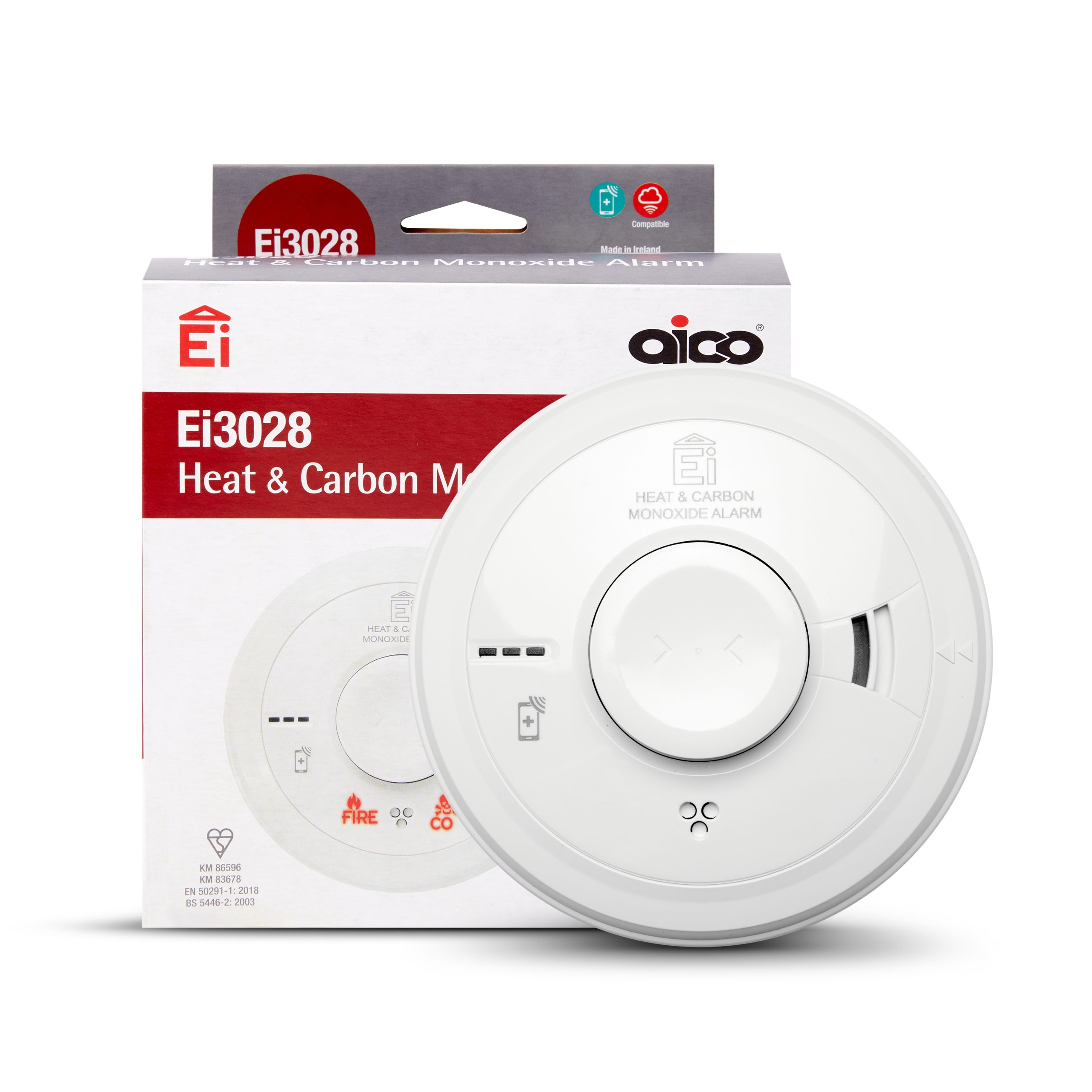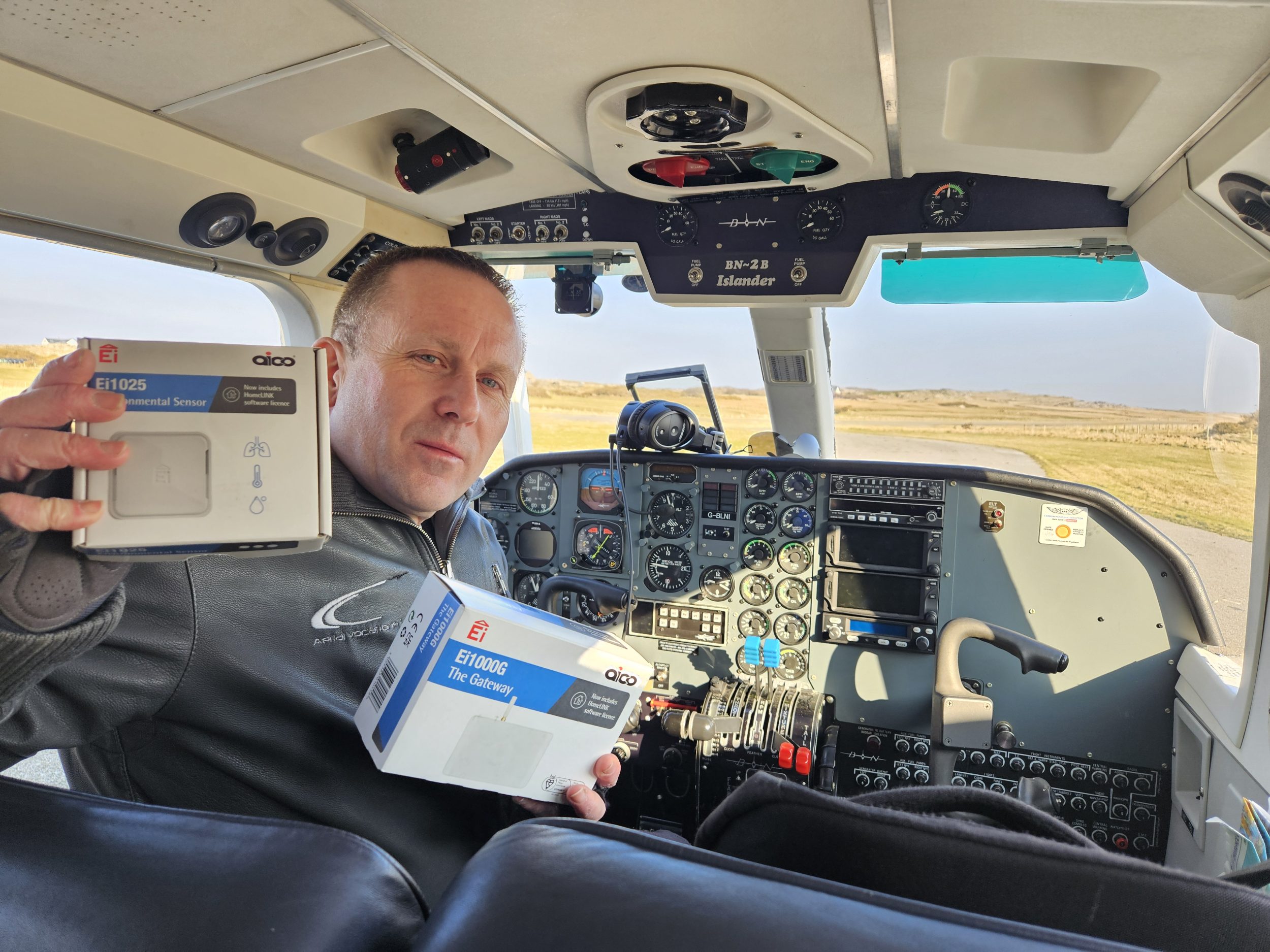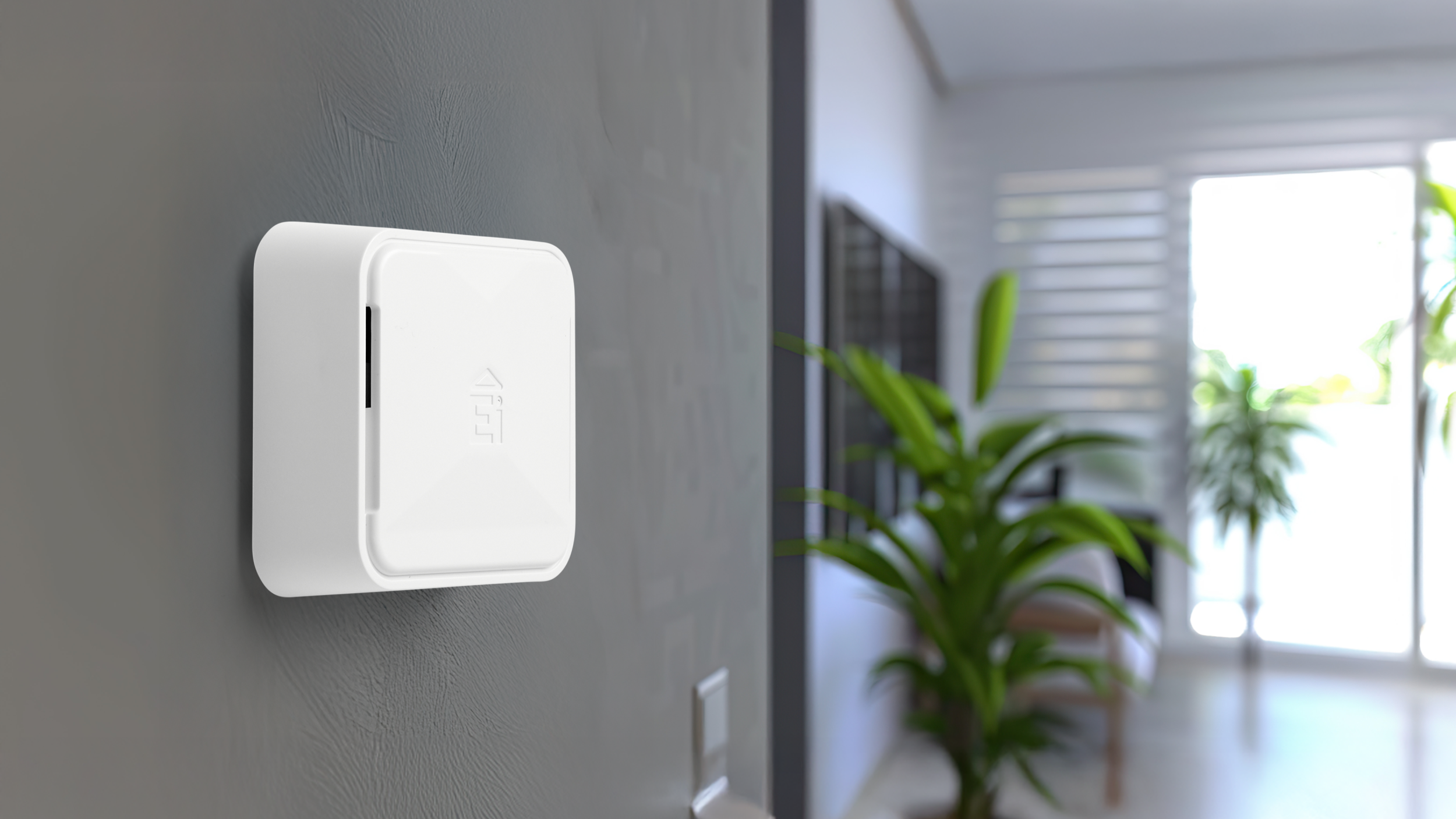Are you ready for winter?


Posted On:
16th September 2020
As much as we may like to deny it, it’s time to admit that winter is coming.
As the days draw shorter and the temperature drops, for many of us, that means turning the heating on to warm your home through those chilly evenings and frosty mornings.
——————————————————————————————————
Whether your heating runs on gas, oil or solid fuel, the fuel must be burnt cleanly and efficiently, otherwise it can produce Carbon Monoxide (CO).
CO is a poisonous gas that you can’t see, smell or taste, which makes it more dangerous as you won’t know if your appliances are giving off the gas.
CO poisoning is often mistaken for flu, this is because the symptoms are very similar in smaller doses.
Symptoms include: dizziness, headaches, breathlessness, nausea and as it worsens it could lead to collapse and unconsciousness.
In worst cases, this can be fatal, this is why CO alarms are vital.
——————————————————————————————————
If you can’t see it, smell it or taste it, how do you know when it’s there?
The only way to tell is to fit a CO alarm, this will monitor the levels of CO in the room and the length of time these levels have been present.
It does this because although the level at which it will start to alert you may not be instantly dangerous, if this builds up over time, it can become more and more harmful.
The alarm will go into full alarm state within a few minutes of CO being present at a dangerous level.
——————————————————————————————————
Another way of keeping an eye on levels within your home is to buy a CO alarm which provides you with reports.
For instance, our CO alarms contain a report functionality called AudioLINK.
AudioLINK allows you to see a colour coded report on the CO status of the alarm and your home through a handy app.
